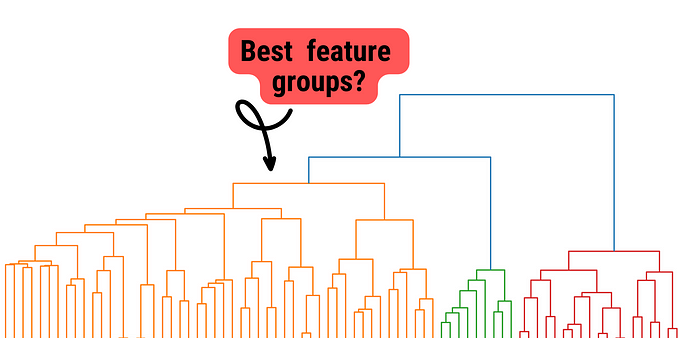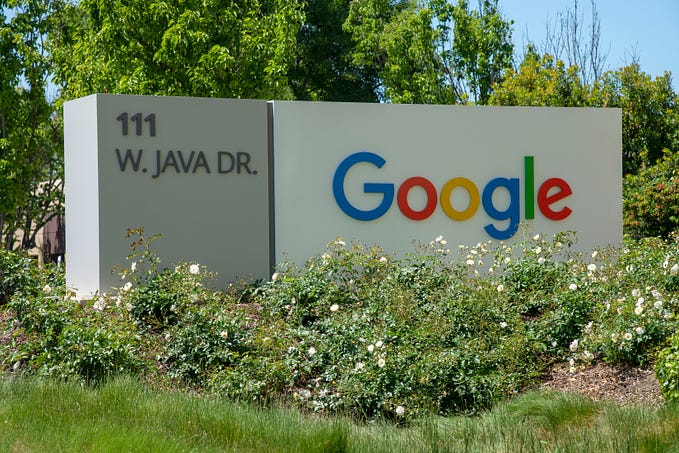Report: COVID Reshaping Labor Markets and Accelerating Automation
Jobs are disappearing, relocating, and squeezing small businesses

When the MIT Work of the Future task force began its study of the labor market in 2018, the impact of automation on jobs and society was the key issue under investigation. In the past six month, however, the future of work transformed and the study’s focus has shifted. The impact of COVID-19 overshadows all else.
“The COVID crisis appears poised to reshape labor markets along at least four axes: Telepresence, urban de-densification, employment concentration in large firms, and general automation forcing,” wrote MIT economists David Autor and Elisabeth Reynolds in a July essay on The Nature of Work After the COVID Crisis. “Although these changes will have long-run efficiency benefits, they will exacerbate economic pain in the short and medium terms for the least economically secure workers in our economy, particularly those in the rapidly growing but never-highly-paid personal services sector.”
Autor and Reynolds are co-chairs of the ongoing task force whose interim report was published in the (pre-Covid) Fall of 2019. The report’s overriding conclusion was that the likelihood that AI and automation will wipe out major workforce sectors in the near future was exaggerated. However, there were very important reasons for concern, in particular, the rising polarization of employment and wage distribution over the past few decades which has disproportionately benefited high-skilled professionals.

Our most critical challenge, said the report, isn’t necessarily a lack of jobs, but the low quality of jobs and viable careers available to many workers, particularly those without college degrees.
“Despite our concerns about the distributional consequences of advancing technologies, until the COVID crisis began, we were sanguine about the prospects for ongoing employment growth, even in the face of lackluster wage growth,” said the authors in their July essay.” In the fall of 2019 we wrote, ‘We anticipate that in the next two decades industrialized countries will have more job openings than workers to fill them, and that robotics and automation will play an increasingly crucial role in closing these gaps’.
The COVID crisis has upended our confidence in that prediction — not merely because COVID has generated mass unemployment in the short term, which it has, but also because the post-crisis trajectory now worries us.”
Let me summarize the four key reasons for their concern:
- Telepresence
Telepresence can be viewed as a form of automation used to safeguard people from a physically hostile environment, such as a bomb disposal site, the bottom of the sea, or outer space. Telepresence generally provides better functionality while obviating the costs of protecting humans in dangerous environments.
“These same lessons apply to workplaces.Though (most) work environments are not overtly hostile to human life, they are expensive, duplicative places for performing tasks that many employees could remotely accomplish from elsewhere, albeit with a loss of the important social aspects of work that they facilitate.” In addition, there are substantial indirect costs associated with office work. The Census Bureau estimates that U.S. workers spend almost 30 minutes commuting to work each way, which works out to 225 hours per year.
According to by the Atlanta Fed , the anticipated share of working days from home after the pandemic ends will triple, from 5.5% to 16.6% of all working days, with 10% of full-time workers expected to work from home five days a week. Firms said that about 10% of their full-time workforce worked from home at least one day a week in 2019, and that fraction is expected to jump to nearly 30% after the crisis ends. A recent study by University of Chicago economists estimates that nearly 40% of U.S. jobs can be done from home, a projection that applies primarily to the top quartile of highly-educated workers.Similar considerations apply to business travel, which COVID has now shown isn’t as indispensable as we previously thought.
If telepresence ends up reducing a significant fraction of professional office time and business travel, it will be accompanied by steep declines in a variety of supporting services, including food preparation and serving (9.2%), transportation (8.5%) and building and grounds cleaning and maintenance (3.0%).
These relatively low-skill, low-paid services account for one quarter of U.S. jobs and comprise a rising share of employment among workers without post-secondary credentials.” A substantial, long-run demand contraction in these services will mean significant job loss — or lock-in of existing COVID-induced job losses — and a sustained period of labor market adjustment.”

2. Urban De-densification
In the 1990s, the Internet was supposed to usher a more decentralized economy and society. Some management experts that the rise of the Internet would lead to the decline of cities. People could now work, shop, be in touch with friends and colleagues, and get access to all kinds of information and entertainment online regardless of where they lived. Why would anyone choose to live in a crowded, expensive, crime-prone, disease-ridden urban area when they could lead a more relaxed, affordable life in a suburb or smaller town?
But, instead of declining, urban areas have boomed over the past three decades. In a 2017 article, urban studies professor and author Richard Florida wrote: “The most important and innovative industries and the most talented, most ambitious, and wealthiest people are converging as never before in a relative handful of leading superstar cities that are knowledge and tech hubs.This small group of elite places forge ever forward, while most others struggle, stagnate, or fall behind…They are not just the places where the most ambitious and most talented people want to be — they are where such people feel they need to be.”
“It seems plausible, though far from certain, that the post- pandemic economy will see a partial reversal of these trends,” said Autor and Reynolds. If professionals conclude that it’s no longer necessary to commute to crowded downtown offices, and if business travelers find that they no longer need to attend meetings in person, we could see a decline in the economic and cultural vitality of cities. Such changes in urban life would severely impact the employment prospects of urban non-college-educated service workers. It’s hard to anticipate how the COVID crisis will transform urban life over time.
Maybe the reverse urbanization some predicted in the 1990s will finally come to pass given our significantly more advanced digital infrastructures and applications.
Not so, said professor Florida in a recent article: “Predictions of the death of cities always follow shocks like this one. But urbanization has always been a greater force than infectious disease… Some aspects of our cities and metropolitan areas will be reshaped…a desire for safer, more private surroundings may pull some toward the suburbs and rural areas… But other forces will push people back toward the great urban centers… Great cities will survive the coronavirus.”
3. Employment concentration in large firms
The pandemic is disproportionately hurting small and mid-size firms, many of which don’t have the financial capabilities needed to survive. The ensuing wave of business closures will accelerate the rising dominance of large firms across numerous industries.
This reallocation of economic activity to large firms will reduce the labor share of national income, and lead to greater income concentration, and rising inequality. Large firms tend to pay a smaller share of their earnings in wages and salaries, while paying a larger share to owners and investors.

4. Automation Forcing
While difficult to measure and quantify at this time, the pandemic will likely have a major impact on the future of work as institutions accelerate their embrace of digital technologies and automation. The need for digital transformation has long been a buzz phrase. But the pandemic has now made the case for accelerating the rate and pace of a company’s digital transformation. For years, many found all kinds of reasons not to embrace work from anywhere, telemedicine, online learning, virtual meetings and other kinds of digital applications. But, we’ve now found that these e-applications have worked remarkably well. As is often the case, necessity is the mother of invention.
Firms will embrace and scale many of the changes they were forced to make to cope with the crisis.
They’ve discovered “new ways to harness emerging technologies to accomplish their core tasks with less human labor…Like the decline of retail, these developments were sure to happen over the longer run. But the crisis has pulled them forward in time, hastening both the accompanying productivity gains and the inevitable labor market adjustments.”
“We began this essay by asking whether the lessons of the COVID crisis have overturned conventional wisdom — or at least our wisdom — on the labor market consequences of advancing automation,” wrote Autor and Reynolds in conclusion.” Our answer is no, yes, and maybe… while the crisis has accelerated the trajectory of automation and its likely impact on jobs, the long-run consequences for rank-and-file workers remain to be determined.”
The final report of the MIT Work of the Future task force will be published later this year. The AI & THE WORK OF THE FUTURE CONGRESS event will be held virtually on November 18. Registration information can be found here.
Originally published at https://blog.irvingwb.com.








